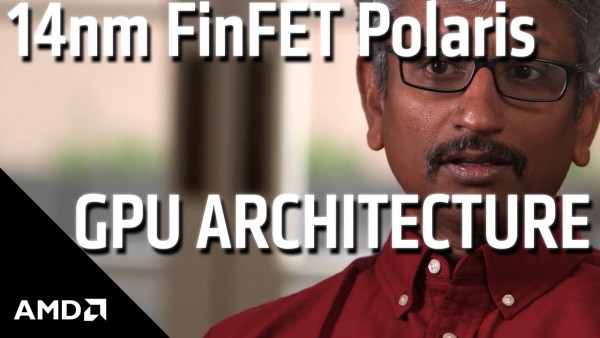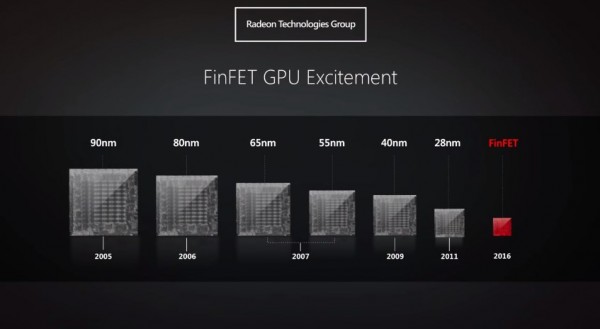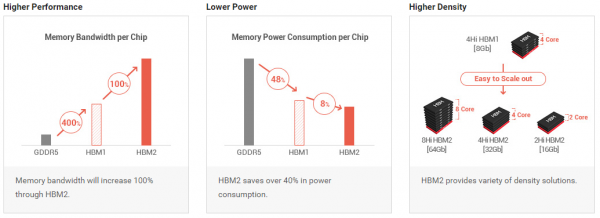Raja Koduri, senior vice president of Radeon Technologies Group has recently unveiled two new GPUs powered by the Polaris architecture, dubbed the Polaris 10 and Polaris 11. AMD mentioned that the graphics processors will mainly be targeted at high-end desktops as well as notebooks. Interestingly, it was said before that Polaris would not be for high-end systems. However, according to AMD, one of the Polaris-based GPUs will be an enthusiast, high performance graphics processor while the other will be more of a mainstream option for console-like performance on notebooks.
According to Koduri, Radeon is on track to deliver two new GPUs by mid 2016. What’s interesting is the fact that, Polaris GPUs will be AMD’s fastest and most powerful graphics processors when they release. In addition to that, AMD went on to claim that with the Polaris, AMD has achieved a significant step forward in terms of performance.
According to Koduri, both the Polaris-based GPUs will be utilising the fourth generation GCN (Graphics Core Next) microarchitecture, which features an increase in performance, added multimedia cores as well as a new display engine. The fourth generation GCN microarchitecture will also be able to support new 4K display formats. AMD mentioned that the fourth generation GCN will also feature HAVC encoding and decoding support to enable gamers to stream in 4K without taking a big performance hit.
The most significant feature to come with Polaris-based GPUs would be HBM2 technology implementation. Robert Hallock, AMD’s Technical Marketing chief mentioned that as of now, early Polaris GPUs are still benchmarked using GDDR5. According to WCCFtech, a Polaris-based GPU (GDDR5) has already been demoed against the GTX 950. When running Star Wars Battlefront at 60 fps, it was found that the Polaris-based GPU on average was using 60 watts less power compared to the GTX 950. However, once HBM technology becomes cost-effective, AMD plans to implement HBM2 inside their upcoming Polaris-based GPUs. For now, GDDR5 still remains as the better, more cost-efficient option.
It’s worth nothing that both the Polaris GPUs will be manufactured using the 14-nm FinFet process by Samsung and Global Foundries. According to AMD, both the Polaris 10 and Polaris 11 GPUs will be made available by summer this year (mid-July to early September). Whether or not the Polaris-based GPUs will be able to challenge Nvidia’s upcoming Pascal-based GPUs remains to be seen. In fact, it would be more interesting to see which GPU will have the better price/performance ratio.
(Source: WCCFtech , VideoCardz)
Follow us on Instagram, Facebook, Twitter or Telegram for more updates and breaking news.






